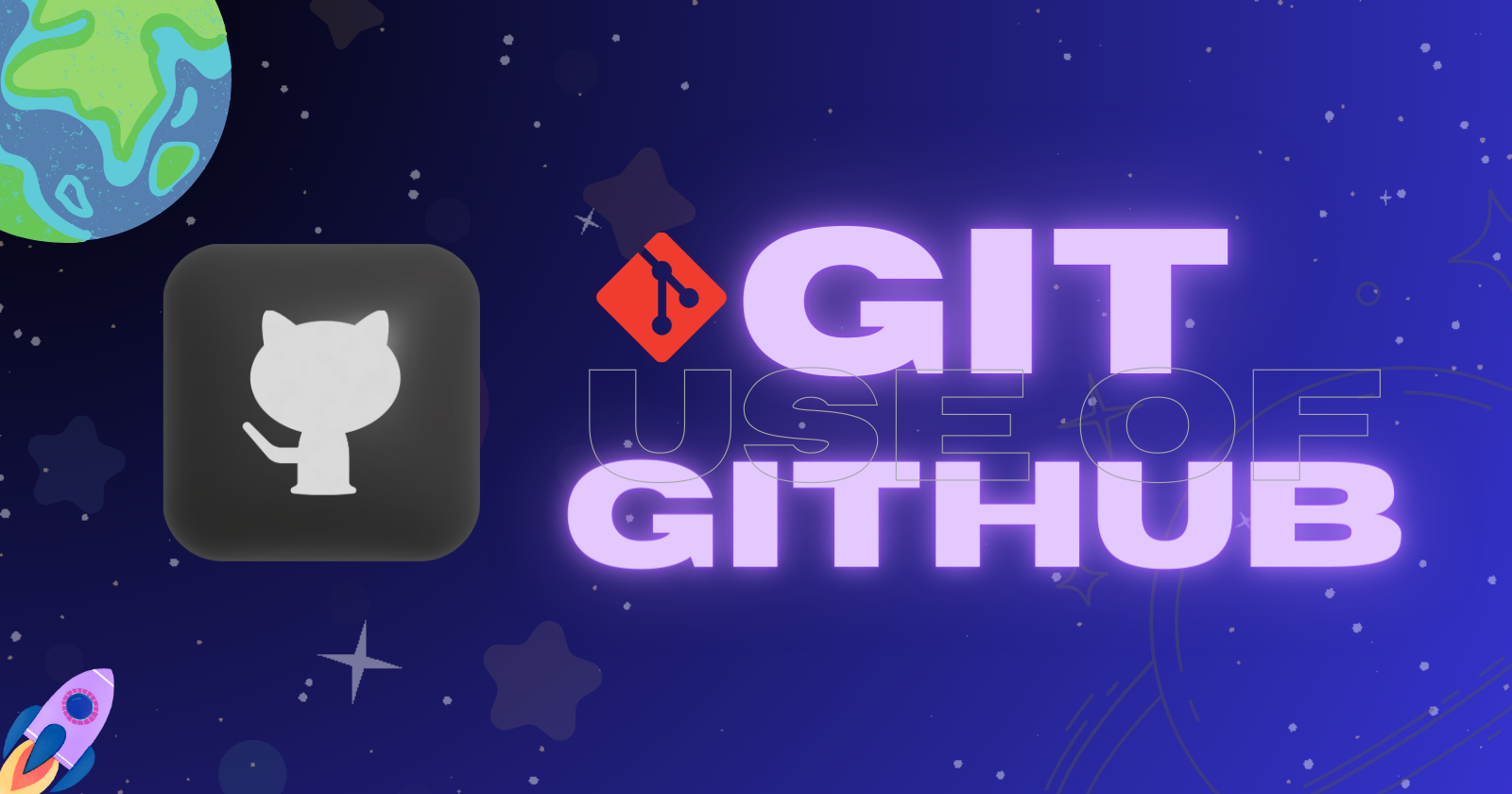An Intro to Git and GitHub for Beginners ✌️
 Kirtan Anghan
Kirtan Anghan
Git and GitHub are essential tools for version control and collaborative software development. Git is a distributed version control system that helps you track changes in your codebase, while GitHub is a web-based platform that facilitates collaboration and hosting of Git repositories.
Git: Your Code's Best Friend 🤖
Git is like the turbocharged engine of version control—it's the adrenaline rush for tracking changes in your codebase! 💨
1. Installation 🛠️
Head over to the official Git website at git-scm.com and grab the installer for your operating system. Time to rev up your coding engine!
2. Configuration 🚀
Fire up your terminal and let's personalize your Git profile for maximum coolness:
Open a terminal or command prompt.
Configure your name and email address:
git config --global user.name "Your Name" git config --global user.email "youremail@example.com"
3. Initializing a Git Repository 🏁
Zoom into your project folder in the terminal and hit the ignition switch:
Navigate to your project folder in the terminal.
Run the following command to create a new Git repository:
git init


4. Basic Git Commands 🏎️
git add <file>: Stage changes for commit.

git commit -m "Your message": Commit staged changes with a descriptive message.

git status: Check the status of your repository.git log: View commit history.git diff: View changes between commits.git branch: List branches in your repository.git checkout <branch>: Switch to a different branch.git merge <branch>: Merge changes from one branch into another.git pull: Fetch changes from a remote repository and merge them into your current branch.
GitHub: The Grand Stage 🎸
GitHub is where your code becomes a rockstar, rocking the stage with collaboration and hosting Git repositories! 🎤
1. Create a GitHub Account 🎸
Visit the GitHub website (https://github.com/).
Sign up for a free account.
2. Create a New Repository 🌟
Click the "+" icon in the upper right corner and select "New repository."

Fill in the repository name and other details

.
Choose whether to make it public or private

.
Click "Create repository."
3. Pushing to GitHub: The Epic Encore 🎶
If you haven't already, add a remote repository URL to your local repository:
git remote add origin <repository_url>Push your code to GitHub:
git push -u origin <branch_name>
4. Collaborating on GitHub: The Jam Session 🎵
Invite collaborators to your repository by going to "Settings" > "Collaborators."
Collaborators can clone, push, and pull from the repository.
5. Pull Requests: The Rockin' Collaboration 🤘
When working on a feature or fix, create a new branch on GitHub.
Make changes, commit, and push to the branch.
Create a pull request (PR) to merge your changes into the main branch.
Collaborators can review the code and discuss changes in the PR.
6. Forking: The Remix 🔄
If you want to contribute to someone else's project, fork their repository.
Clone your forked repository, make changes, and create a PR in the original repository.
7. Issues: The Jam Session Chats 🗨️
- Use the "Issues" tab in your repository to track and discuss problems, enhancements, and tasks.
Git and GitHub are powerful tools for version control and collaboration in software development. As you gain experience, you'll explore more advanced features and best practices. Start by mastering the basics and gradually build your Git and GitHub skills.
Subscribe to my newsletter
Read articles from Kirtan Anghan directly inside your inbox. Subscribe to the newsletter, and don't miss out.
Written by
